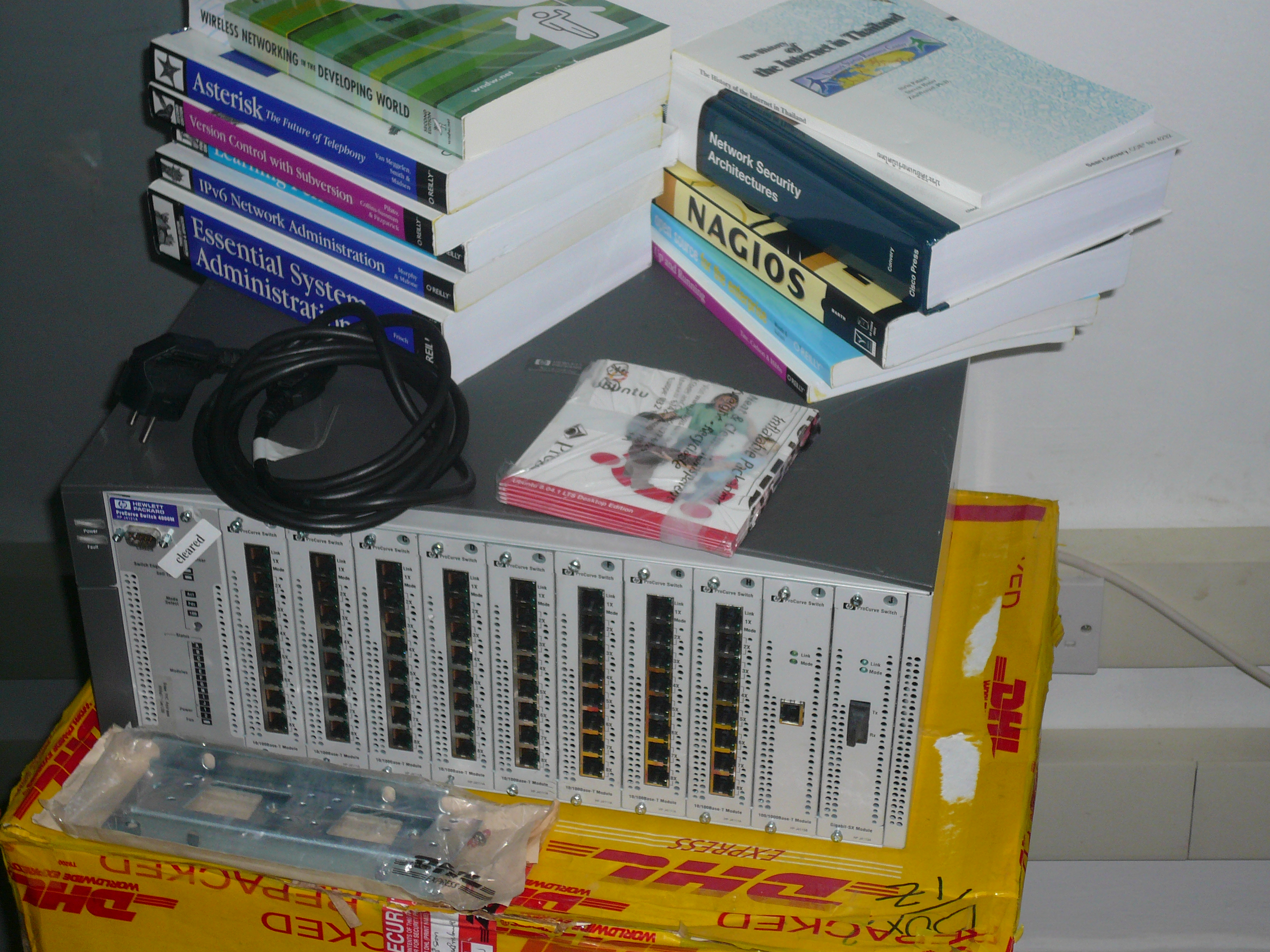

I already mentioned the diploma put under the bed of her boyfriend, but there’s also the rock-climbing equipment that comes in on one level and never makes another appearance the art materials that only grow in use the few things she keeps from her boyfriend’s apartment, like his fancy coffee maker. Yet, the game tells a complete, moving, and idiosyncratic story, almost completely through the items you keep, gain, and lose, and where you must place them. You have the year of each level’s unpacking, and then a short, under-ten-word sentence that the character writes under the picture taken when you beat the level. Until the end credits, the game is almost entirely devoid of words. In the apartment she has with a boyfriend, it becomes clear this guy has made no room for her stuff, and you need to put your diploma under the bed.Īnd this is where the true beauty of the game comes in. In the first level, the character’s journal goes under her pillow. There’s enough of a goal to keep you interested, but enough freedom to keep it relaxing.īut the second, and more important part, is that there are a few items that wind up needing to be put somewhere notable. The feeling is somewhat like being told to sketch a circle in any way you want. If something goes on a shelf, it can be put anywhere on the shelf, in any configuration, leaving players a lot of freedom, while still giving them a direction. And the invisible grid is quite flexible. A crockpot can be placed by the outlet, or in a cabinet.

Rarely is there any one place to put them. First off, you have quite a bit of freedom regarding where to put these items. Here’s where the gameplay gets intriguing. You have to think about where these items go-should a doll go on a shelf? On the bed? Once you’ve unpacked everything, any items in the “wrong” spot will be highlighted red, and any rooms with misplaced items will blink red on the UI. The first hint of the game’s subtlety is that you’re given little indication of what that might be, beyond the room the box was in (and even then, there are intentional cross-ups). The challenge comes from the fact that items must go in an appropriate place. The rooms are laid out in invisible grids, with some intriguing places to put stuff like racks and coffee mugs, and a few hidden locations. In each level, you have to unpack-each time you click a box, you get a new item (with only the box’s size and location as an indicator of what it might be) and have to find somewhere to put it. Each of the game’s levels is a different location (a room, an apartment, or a house) into which the story’s central character has moved, starting with the first room she had all to herself as a kid. Unpacking bills itself as a “zen puzzle game about unpacking a life.” The core gameplay is exactly what it says on the box. Well, thanks to the game, I might be rethinking the act, as well. Unpacking is better than it has any right to be.


 0 kommentar(er)
0 kommentar(er)
